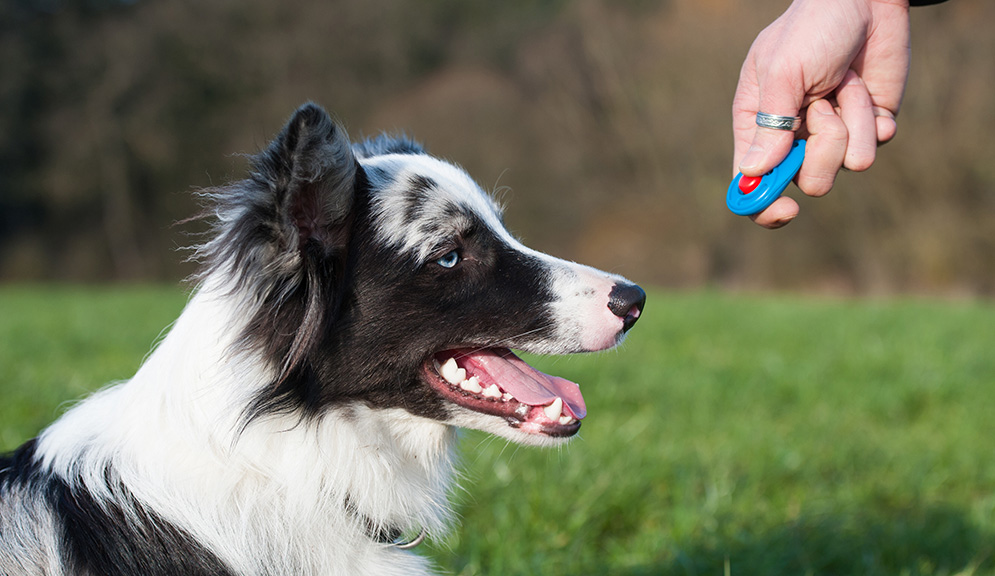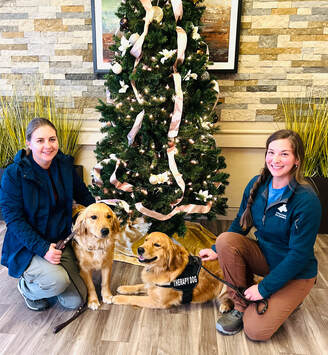Just How to Incorporate Games into Your Dog Training Regimen
Necessary Tips for Effective Dog Training: An Overview for Animal Owners
Efficient canine training is a diverse process that requires a critical strategy customized to both the pet dog's personality and the proprietor's purposes. Secret elements such as developing consistent commands, employing positive reinforcement, and promoting very early socializing play essential functions in promoting a well-adjusted canine companion. Lots of animal owners run into obstacles that can impede development, leading to aggravation and uncertainty. Understanding exactly how to navigate these barriers can significantly improve the training experience, ultimately transforming the relationship in between owner and canine. What are the necessary techniques that can be utilized to make sure success in this venture?
Comprehending Dog Behavior
Recognizing pet dog actions is important for efficient training and promoting a harmonious partnership between pooches and their proprietors. dog training. Pet dogs communicate primarily via body language, vocalizations, and activities, making it important for proprietors to translate these signals precisely.

Socializing plays a substantial role in canine habits; exposure to numerous settings, individuals, and various other pets can significantly affect a canine's character. Elements such as type qualities and private temperament must lead training methods, as some types may have certain behavioral attributes that demand customized methods. By recognizing these aspects, owners can develop a helpful atmosphere that motivates positive behavior, causing successful training outcomes and a much deeper bond with their pet dogs.
Establishing Consistent Commands
Efficient communication with your canine starts with developing constant commands. This fundamental aspect of training is crucial for cultivating understanding between you and your pet dog. Consistency in the commands you use guarantees that your dog can reliably associate certain words or phrases with the desired actions.
When selecting commands, choose clear, unique words that are simple to differentiate and claim from each other. Avoid utilizing similar-sounding commands that might perplex your pet dog. For example, making use of "sit" and "stay" is appropriate, yet "rest" and "struck" could lead to misconceptions.
Additionally, maintain the very same tone and volume for each and every command. Canines are delicate to vocal cues, so differing your tone can produce confusion.
It is equally crucial to ensure that all relative get on the very same web page concerning the commands used. A united front in command usage will avoid blended signals and reinforce the knowing procedure.
Favorable Support Strategies
The power of favorable support in dog training hinges on its capability to urge desired behaviors with incentives and appreciation. This method is based in the principle that habits followed by desirable results are most likely to be repeated. By including favorable reinforcement into your training regimen, you can effectively shape your pet dog's actions in a constructive manner.
To execute positive support, it's important to identify what inspires your canine, whether it be deals with, toys, or spoken appreciation. When your dog does a wanted action, such as look at more info resting on command, instantly reward them with a treat or love. This organization between the command and the positive outcome reinforces their understanding.
It's vital to timing the incentives correctly; providing the reinforcement within seconds of the preferred actions helps your dog make the connection (dog training). In addition, consistency is vital-- make sure that all family members utilize the very same commands and benefit systems to stay clear of confusion

Slowly, you can lower the frequency of deals with as your pet finds out the behavior, transitioning to applaud or periodic benefits. This method not only promotes a strong bond between you and your canine however additionally promotes a positive understanding setting, making training a delightful experience for both.
Socialization and Interaction
Constantly revealing your pet to a range of environments, people, and other animals is important for their social development. Socialization must begin early, preferably during the critical home window of 3 to 14 weeks, when pups are most receptive to brand-new experiences. Older dogs can likewise benefit from recurring socialization initiatives.
Present your dog to various settings, such as parks, pet-friendly shops, and city areas. This direct exposure aids them adjust to various stimulations, decreasing anxiousness and concern actions. Motivate positive interactions with various other pets and people, making certain that these experiences are secure and regulated to promote confidence.
Utilize organized playdates with well-mannered pet dogs, as this can enhance your pet dog's social skills and instruct them proper behavior. Obedience courses and training sessions likewise provide excellent possibilities for socialization, allowing your canine to interact with others in a supervised atmosphere.
Screen your pet dog's body movement throughout communications, as this will aid you gauge their convenience degree. Slowly raise direct exposure to even more tough circumstances while ensuring that each experience is favorable. A well-socialized canine is most likely to display well balanced actions, making them a pleasure to have in any kind of setup.
Attending To Usual Training Challenges
Every canine proprietor will certainly run into training difficulties eventually, no matter of their canine's age or socializing level. Identifying typical problems such as stubbornness, interruptions, and terror can help in developing effective strategies for improvement.

Interruptions throughout training sessions can derail focus. To fight this, begin training in a More Help silent environment with marginal stimulations. Progressively introduce diversions as the pet dog comes to be more efficient in commands. Short, frequent training sessions are also effective in preserving interest.
Terror can hinder a pet's discovering process. Steady desensitization to like this the resource of anxiety, coupled with positive reinforcement, can aid reduce stress and anxiety. Patience is vital; never ever compel a dog into a situation that creates distress, as this might aggravate the problem.
Inevitably, understanding and resolving these common challenges with a structured method will certainly cultivate an extra efficient training experience, strengthening the bond between dog and proprietor while promoting reliable knowing.
Conclusion
In summary, successful canine training relies on an extensive understanding of canine actions, the facility of consistent commands, and the application of positive support strategies. Socialization plays a critical function in creating well-adjusted pets, while dealing with usual training challenges needs perseverance and flexibility. By implementing these necessary strategies, animal owners can cultivate a solid bond with their pets and promote preferable behaviors, eventually leading to an unified partnership in between humans and their canine companions.
Recognizing pet dog habits is crucial for efficient training and fostering a harmonious relationship in between canines and their owners.Socialization plays a considerable duty in canine habits; exposure to different settings, people, and other pets can considerably affect a canine's character.The power of positive reinforcement in canine training lies in its ability to motivate desired behaviors through benefits and appreciation. By including positive reinforcement right into your training routine, you can successfully form your pet dog's behavior in a useful way.
In summary, successful pet dog training depends on a detailed understanding of canine actions, the facility of consistent commands, and the application of favorable support techniques.